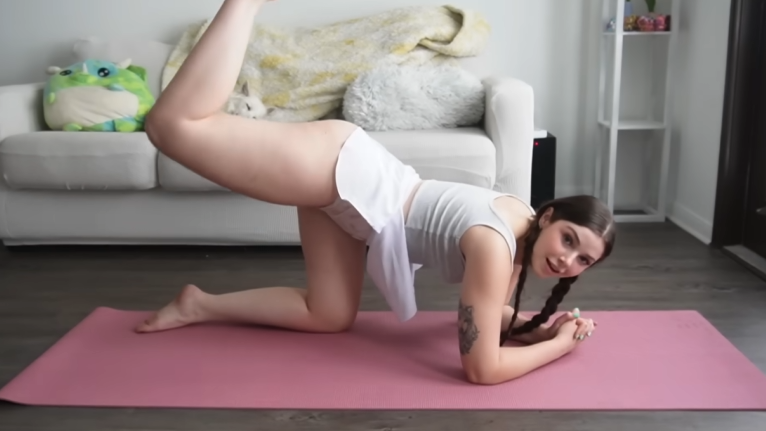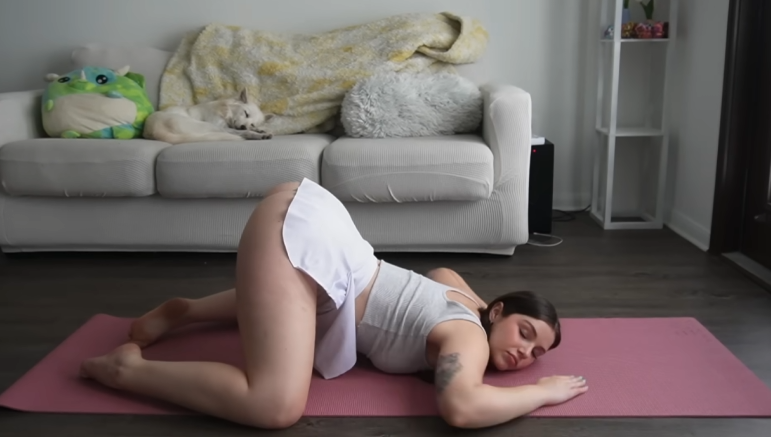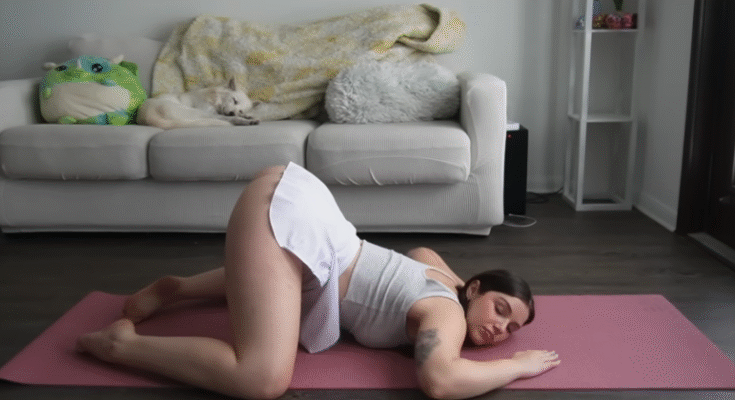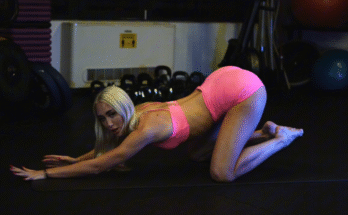
Finding time for the gym can be difficult in our busy lives, but staying active and flexible is crucial for physical and mental well-being. That’s where a solid home workout and stretch routine can truly shine. You don’t need fancy equipment or a big space—just your body, a little motivation, and a plan that fits your goals. This article explores a comprehensive 1000-word guide to help you build a sustainable, energizing home workout and stretching routine, perfect for all fitness levels.
Why Home Workouts Are Great
Home workouts are convenient, cost-effective, and customizable. They save commuting time, gym fees, and can be done on your own schedule. Whether you’re a beginner or someone with years of fitness experience, working out at home can be just as effective—if not more—when approached with structure and intention.
You can work out in your living room, bedroom, backyard, or even your kitchen. All you need is a mat, a towel, water, and sometimes resistance bands or dumbbells if you want to level up. Even bodyweight workouts alone can give impressive results.
Daily Home Workout Routine (30–45 minutes)
Let’s break down a simple and effective full-body home workout that requires no equipment. Aim to do this 3–5 times a week for best results.
1. Warm-Up (5–7 minutes)
Never skip your warm-up. It prepares your body for movement and prevents injury.
- Jumping jacks – 1 minute
- Arm circles – 30 seconds forward, 30 seconds backward
- Torso twists – 1 minute
- High knees – 1 minute
- Hip circles – 30 seconds each direction
- Leg swings (front to back) – 30 seconds each leg
These movements increase your heart rate and get your muscles ready to move.

Main Workout (20–30 minutes)
1. Lower Body Focus (Legs & Glutes)
- Bodyweight squats – 3 sets of 15 reps
- Lunges – 2 sets of 10 reps each leg
- Glute bridges – 3 sets of 20 reps
- Wall sit – Hold for 30–45 seconds
2. Upper Body Focus (Arms, Chest, Back)
- Push-ups (regular or on knees) – 3 sets of 10–15 reps
- Tricep dips (on a chair or bench) – 3 sets of 12 reps
- Superman hold (for back muscles) – 3 sets of 30 seconds
3. Core Strengthening (Abs)
- Plank – Hold for 30–60 seconds
- Russian twists (with or without weight) – 2 sets of 20 reps
- Leg raises – 2 sets of 12 reps
- Bicycle crunches – 2 sets of 15 reps each side
Mix and match these moves as needed. You can also turn them into a circuit and repeat the whole set 2–3 times depending on your fitness level.

Cool Down and Stretch (10–15 minutes)
Stretching is just as important as the workout. It helps your body recover, improves flexibility, and prevents soreness. Try to hold each stretch for at least 20–30 seconds and breathe deeply during each pose.
1. Neck and Shoulders
- Neck rolls (slow and gentle)
- Shoulder stretches across the chest
- Upper back stretch (clasp your hands forward and round your spine)
2. Arms and Wrists
- Triceps stretch (elbow behind your head)
- Wrist flexor and extensor stretches (great if you work on a computer)
3. Legs and Glutes
- Hamstring stretch (seated or standing)
- Quadriceps stretch (standing, pulling your heel to your glutes)
- Glute stretch (lying on your back, crossing ankle over opposite knee)
4. Hip Openers
- Butterfly stretch (soles of feet together)
- Lizard pose or low lunge
- Pigeon pose (great for deep glute and hip release)
5. Back and Spine
- Cat-cow stretch
- Seated spinal twist
- Child’s pose (a gentle way to relax the back)
6. Full-Body Stretch
- Standing side bend
- Forward fold
- Deep breathing in mountain pose (standing tall, arms raised)

Tips to Stay Consistent at Home
- Set a schedule – Treat it like a meeting you can’t miss. Choose mornings, lunch breaks, or evenings.
- Create a dedicated space – Clear a small area where you feel comfortable moving.
- Use music or videos – Energizing music or follow-along videos can make your session more fun.
- Track your progress – Use a journal or app to log what exercises you did, how you felt, and how long you exercised.
- Start slow and build up – If you’re new, don’t overdo it. Begin with shorter sessions and increase intensity gradually.
Benefits of Stretching Regularly
Stretching improves flexibility, range of motion, and posture. It also reduces muscle tension and increases blood circulation. When done regularly, stretching can relieve chronic pain in areas like the lower back or neck, especially for those sitting for long periods.
Stretching can also be meditative. Slowing down, breathing deeply, and focusing on how your body feels helps you reconnect with yourself. It becomes a mindful practice that relieves stress, anxiety, and fatigue.

Sample Weekly Plan
Here’s a sample schedule to follow if you want structure:
- Monday: Full-body workout + 10-minute stretch
- Tuesday: Light cardio (walk or jog) + deep stretching (20 mins)
- Wednesday: Upper body focus + core + stretch
- Thursday: Yoga or mobility flow
- Friday: Lower body focus + glutes + stretch
- Saturday: Stretch & recovery, maybe a light bike ride or dance
- Sunday: Rest day or light stretching
Final Thoughts
Home workouts and stretching routines are powerful tools for anyone wanting to improve their health, strength, flexibility, and mental clarity. With consistency and motivation, your body will become stronger, more agile, and more resilient—all from the comfort of your home.
So roll out your mat, put on your favorite workout clothes, and get moving. Even just 30 minutes a day can make a huge difference. Listen to your body, celebrate your small wins, and enjoy the journey to a healthier, more flexible you.



